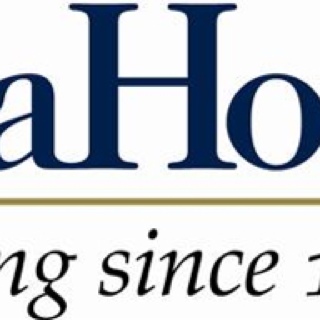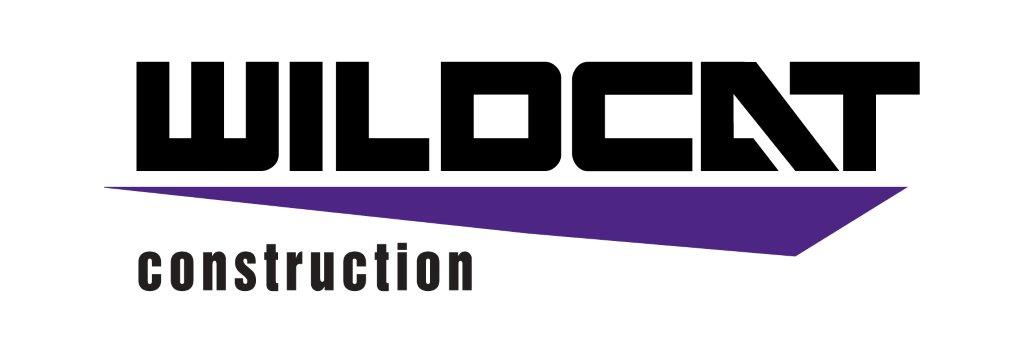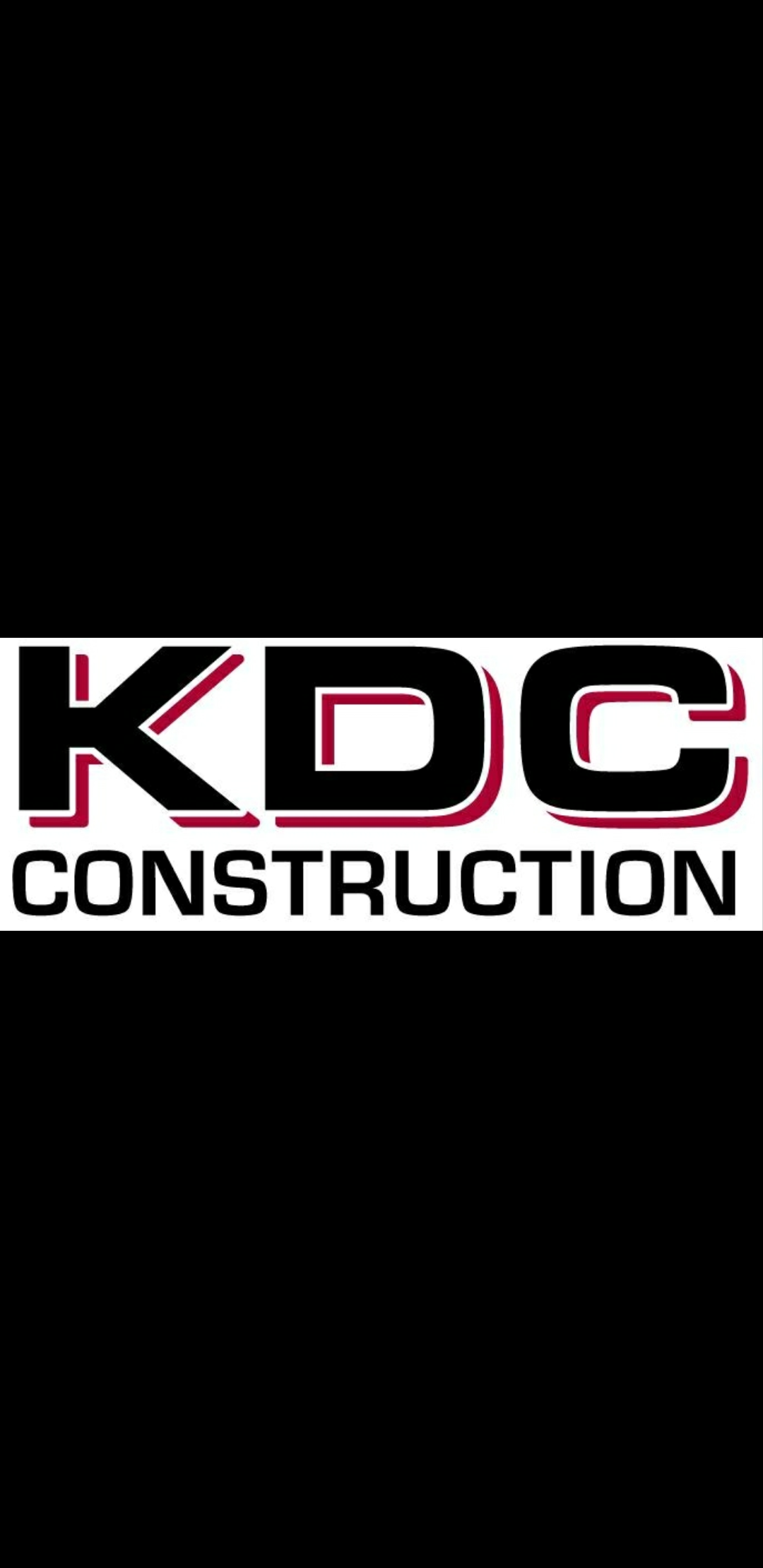Information
-
Document No.
-
Audit Title
-
Client / Site
-
Conducted on
-
Prepared by
-
Location
-
Personnel
-
Was a safety review or a discussion about safety conducted before work was started today?
-
What was the topic of the conversation?
Housekeeping
-
Exits & stairways free of debris/material/tools
-
Sidewalks & walkways are free of debris/materials/tools<br>
-
Materials are organized and consolidated
-
Nails are bent over or removed to prevent implement hazards
-
Lunch trash is disposed of after eating
-
Construction trash removed at the end of the job or at least daily
Head Protection
-
Worn as required (curb to curb and can be removed inside a completed home or during breaks with no overhead hazards)
-
Worn correctly and in good condition
Hand Protection
-
Worn as required while working with chemicals or tools
-
Correct hand protection worn for the hazard
Eye Protection
-
Correct eye protection worn (ANSI-Z87)
-
Worn while using nail guns, hammers, or powder actuated tools
-
Worn while using saws, drills, grinders or clippers
-
Used while working with hazardous substances
Respirators & Dust Masks
-
Dust masks are rated as N-95 if worn
-
Respirators worn when spraying paints or stains
-
Worn when mixing chemical based materials
-
Worn when spraying or installing insulation
Tools & Equipment
-
All moving parts on the tool/equipment is guarded
-
Power cords are in good condition
-
Hand & Electric tools are in good working condition
-
Generator/ Compressor in good condition
-
Seat belts worn on all moving equipment (tractors, bobcats, forklifts, etc.)
-
Mobile equipment have audible back up alarms or a designated spotter (tractors are not required to have audible alarm)
Ladders
-
Ladders are in good condition without alterations
-
3 points of contact are maintained while ascending/descending the ladder (cannot hand carry equipment or material while climbing)
-
Extension ladders are secured from displacement and are at a 4:1 lean ratio
-
Extension ladders are set up with a minimum of 3' above the "landing" area when using the ladder to access another area
-
No worker is standing on the top 3 rungs of an extension ladder
-
Folding ladders are used in the full open position only
-
No worker is standing on the top step or the top of the ladder
-
Folding ladders are set up on a clear & level surface
Fall Protection
-
What type of fall protection is being used
-
Does the worker have the Safety & Fall Protection Plan with them on site as required
-
Are workers using the Personal Fall Arrest System correctly? (Visually check for anchor, lanyard, harness, yo-yo, rope grab, swing radius)
-
Are scaffold jack systems set up and used correctly
-
All holes in roof/floor greater than 2" are protected against with a cover
-
Wall openings are guarded where fall heights of 6' or more are present (window openings)
-
Wall openings are guarded where fall heights of 6' or more are present (where studs are more than 18" apart)
-
Are the safety/guard rails installed and secured (stairwell, open lofts, decks)
-
Are top and mid rails in the guard rail system installed at the correct height (top rail 42" +/- 3", mid rail centered half way between top rail and working platform)
-
Implement Hazards protected against
Scaffolding (Lath & Plaster)
-
Is the scaffolding set up level
-
Are the work platforms full planked with good scaffold planks
-
Are base plates installed on all horizontal pieces
-
Are mud sills installed under all base plates if required
-
Are access ladders supplied to all work levels of the scaffold platforms
-
Is all bracing installed at each scaffold segment as required
-
Are the side and end rails (top & mid) installed at the 10' trigger height and higher
-
Is the scaffold structure secured to the building every 12' in height and 20' of length
-
Are implement hazards protected against
-
Is the scaffolding no more than 18" away from the structure
Excavations
-
Are the excavations that are 2' or deeper marked with warning tape
-
Are ladders used to access the excavation if its 4' or deeper
-
Are spoil piles a minimum of 2' from the excavation edge
-
Are shield boxes used at all excavations that are 5' or deeper
-
Are benched soils done correctly (only allowed in Type B Soils, basement & pool excavations)
-
Are soils sloped correctly (Type C soils-1 1/2:1 ratio only)
-
Are implement hazards protected against
-
Basement excavations have fences up and installed with warning signs posted
-
Basement fall protection cables are installed, tensioned and flagged every 6'
MSDS/Fire Protection
-
All chemical containers are labeled with the manufactures information and is legible
-
Does the worker have their companies MSDS book available for review
-
Are workers who are doing hot work have a fire extinguisher with them during the hot work
-
Are workers using open flame burners/stoves inside the structures
-
Observer's Signature














